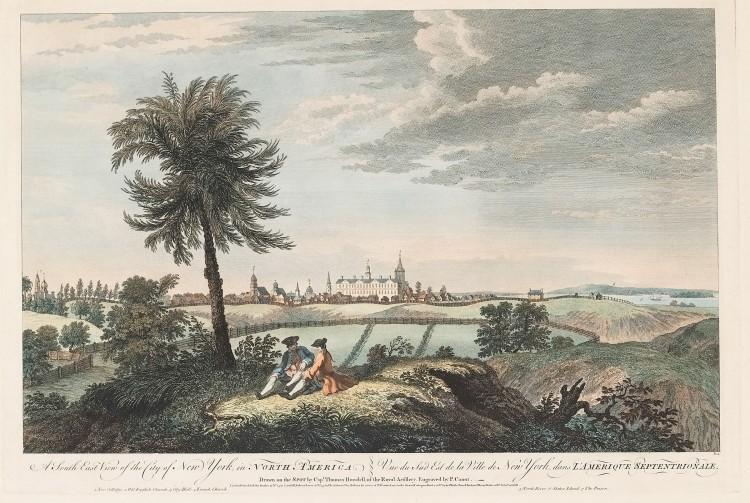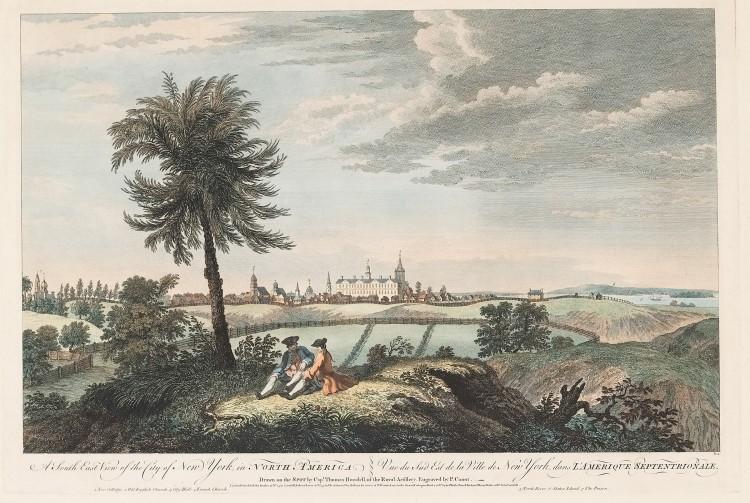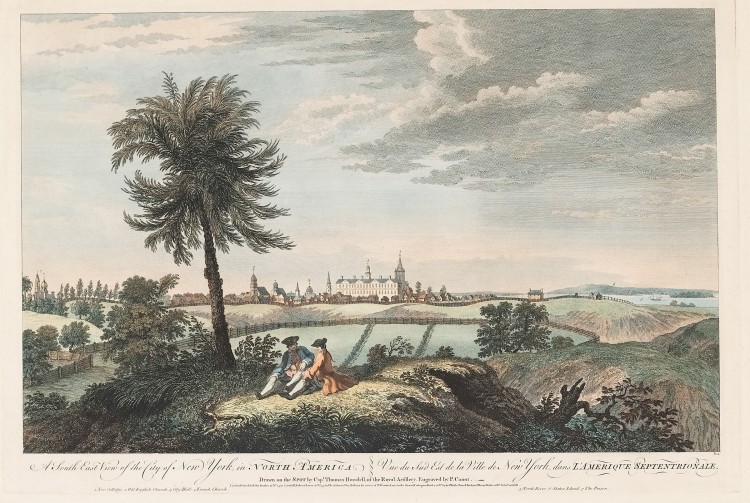Manhattan’s Grid: The Past
The Greatest Grid: The Master Plan of Manhattan, a new exhibit at the Museum of the City of New York, answers many questions about the grid, while showing how difficult it was to impose it upon an island replete with farmland, hilly and rocky terrain, and resistant residents.

Randel Farm Map no. 55, vol. 1, p. 16, showing 101st to 109th Street, from Third Avenue to the East River, July 21, 1820. Used with permission of the City of New York and the Office of the Manhattan Borough President

Zachary Stieber
Senior Reporter
|Updated:
Zachary Stieber is a senior reporter for The Epoch Times based in Maryland. He covers U.S. and world news. Contact Zachary at [email protected]
Author’s Selected Articles







